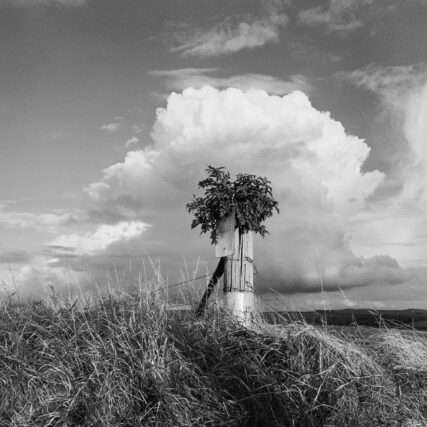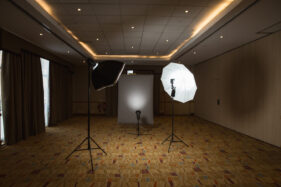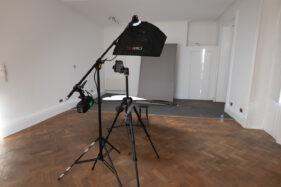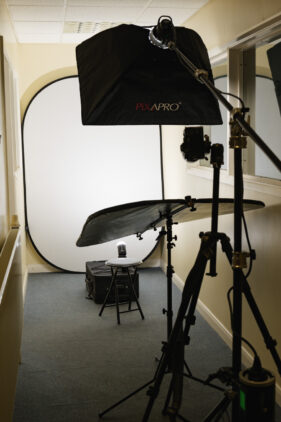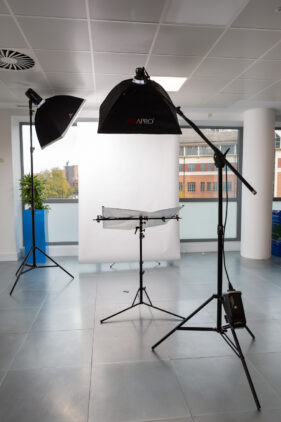Social media is a funny old place. I can post images to my Instagram account, Facebook, Threads, X… (to be honest, the list is starting to become overwhelming) and see very little activity. Likes elude me.
For the most part I ascribe this tumbleweed reaction to a couple of issues. Firstly, many people are a bit tired and bored of social media. It’s been around a while and the novelty has long worn off.
The next aspect I would describe as Like Fatigue. I’ve experienced Like Fatigue myself, and it’s when you scroll through a feed, see something you like, but don’t feel compelled to ‘Like’ it with a press of the thumbs-up, heart or whatever. It just seems like too much effort!
People are busier than ever. We all have lives to live, jobs to hold down and commitments beyond the digital sphere. Even if we have time for social media, it’s more limited than ever before. This not only follows on to my next point, but also circles back to what I alluded to in my opening line – there’s just too much choice!
Due to lack of time, not only can I not always hit every channel with every picture I take, but audiences drift between SM platforms and might not see what I’ve posted (boohoo me, I know).
Then there’s the dead hand of the algorithm. I’ve lost count of the people I’ve lost track of because the algorithm no longer serves up their posts in my feed. Sometimes I’ll suddenly remember someone whose work I used to like and I have to go and search them out to see if they’ve posted anything I’ve missed. I’m sure I have followers who’ve had a similar experience of losing track of me due to algorithm constipation.
But there is one group who have always existed; the Lurkers. Right from the very start of my Social Media dealings I’ve known there were people who saw my posts, enjoyed them, but never Liked or commented on them. I would be oblivious that they’d seen them at all. Then one day I’ll be on a corporate job, or shooting some PR event, and someone will come to me to tell me in person how much they enjoy my personal project work. Indeed I’ve even had bookings as a result of what someone has seen!
I also suspect some clients book me because my Social Media postings of my personal work have helped to keep me in their minds when it came to booking a photographer.
Bear in mind, the work I post on social media has little in common with my client work, but it clearly has the effect of engaging clients and reminding them that I exist. I’m also convinced it shows people a different side to my work, and they enjoy that.
This last point is a small, subtle, but significant one to me. Shooting personal work can often feel isolating and even pointless. It can also feel self-indulgent to go off and spend time on what might be called non-business work, but because it acts as a soft marketing tool, it’s a mistake to assume it has little value.
While it’s lovely to see a post get Likes and attention from followers, it’s too easy to dismiss my lurkers. So I want to thank them and let them know I appreciate them. I understand there may be many reasons they don’t tap the heart icon, or give my work the thumbs-up, but that’s ok.
My lurkers probably outnumber my active followers, but in my (non-scientific) reckoning they’re also more likely to be clients, or they’re more likely to recommend me to new clients. So I’m absolutely not going to complain about their apparent passivity.
Lurkers, I thank you and you are welcome to lurk all you like. I know you’re there and that’s all that really matters. So as Kenneth Williams never said, “Carry On Lurking!”


